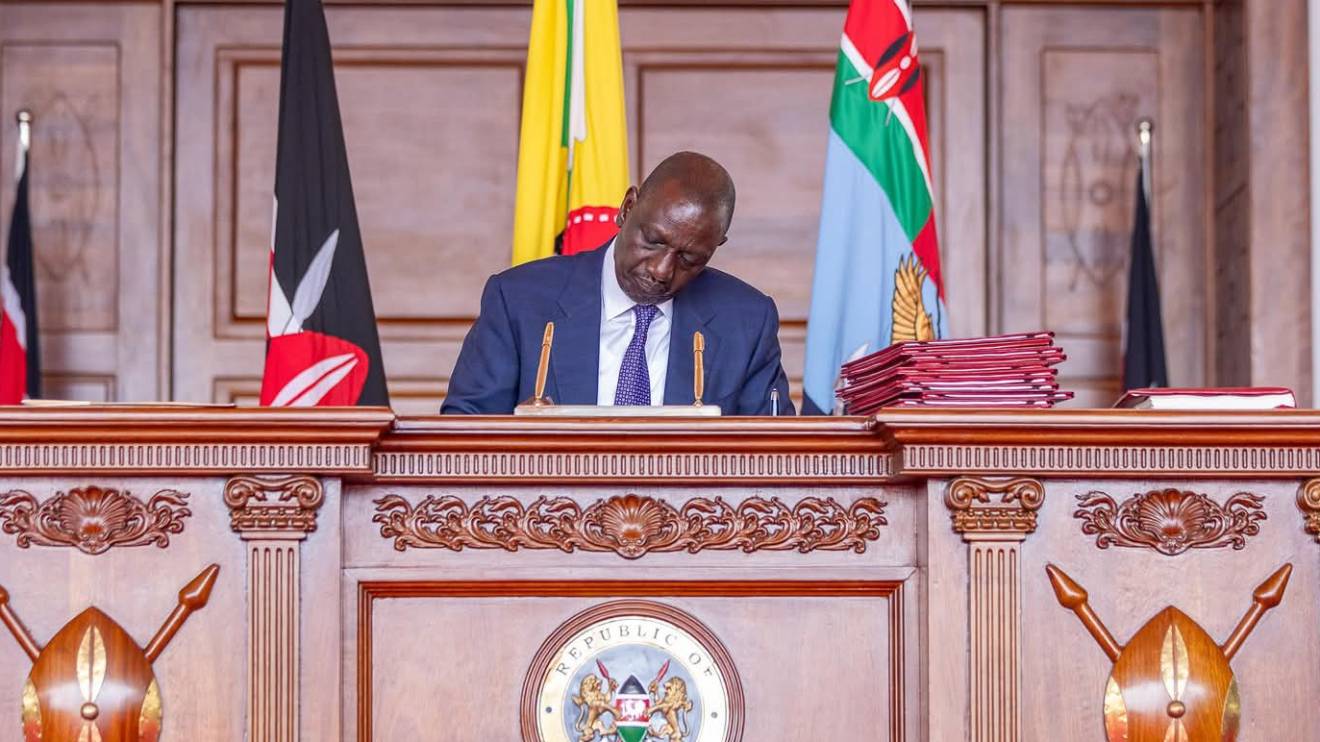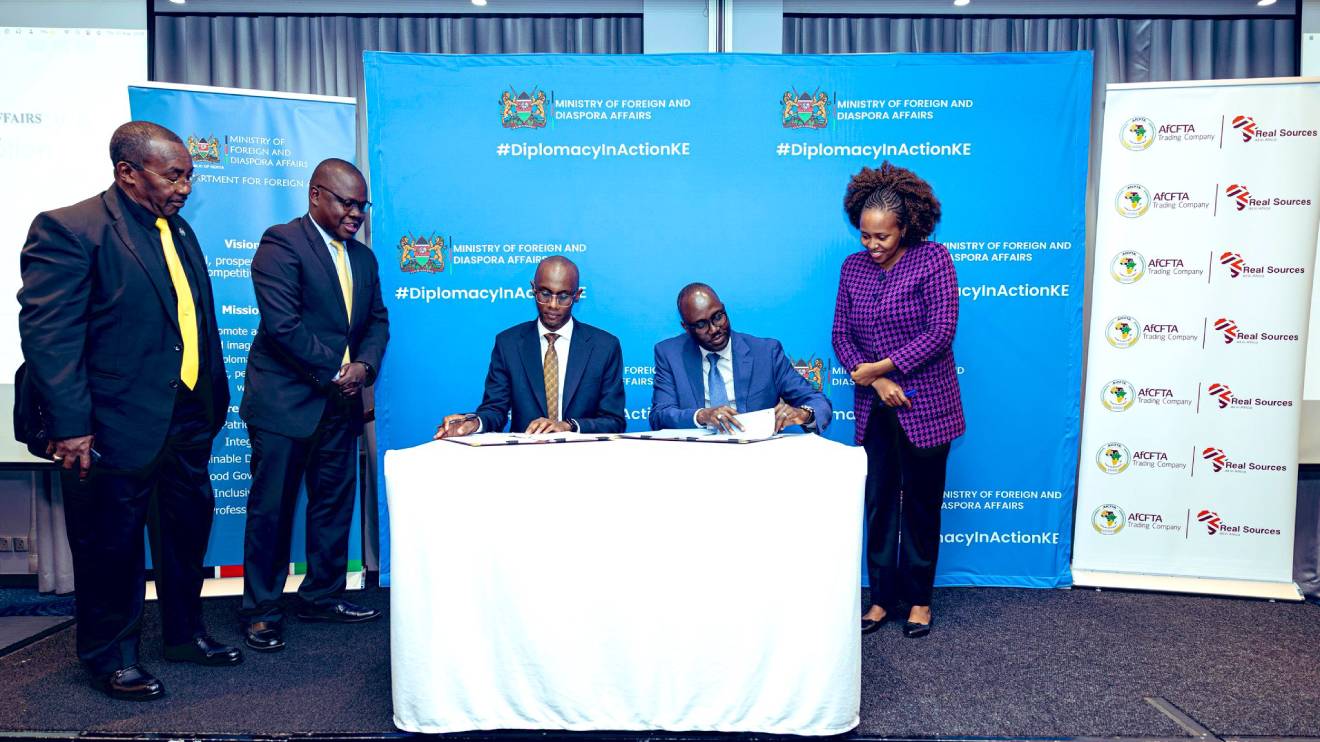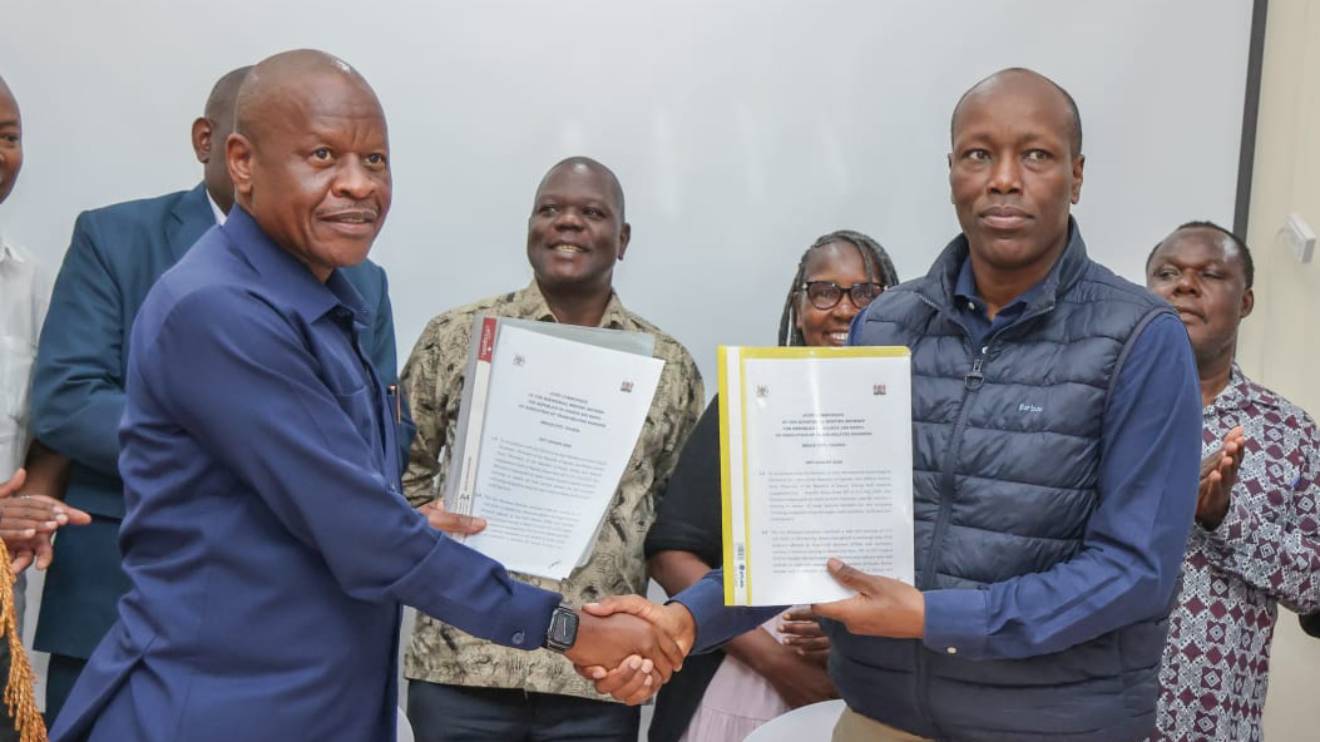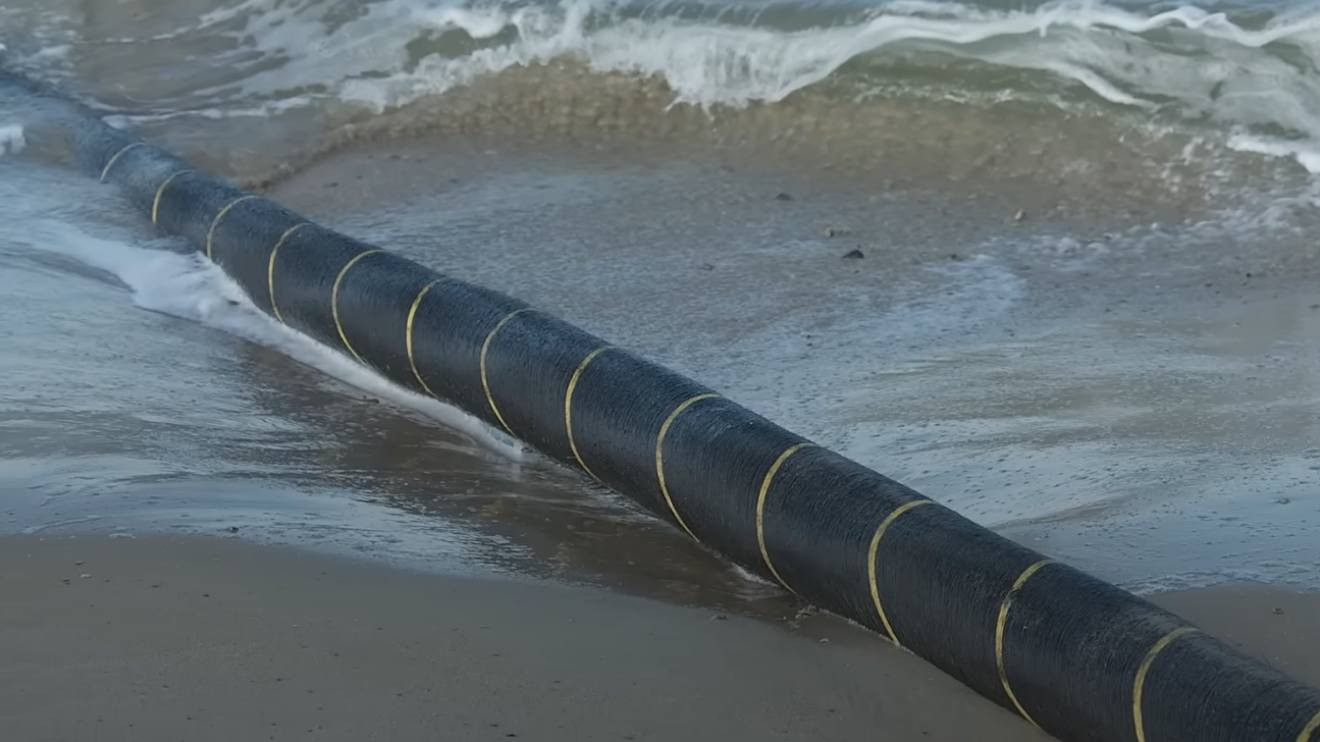The Naivasha Inland Container Depot (ICD) has experienced a significant surge in loose cargo shipments in recent months, almost tripling its intake from the Mombasa port via the standard gauge railway (SGR).
The facility's remarkable performance comes despite President William Ruto's directive to return most port services to Mombasa, favoring truckers and challenging the SGR.
According to a recent traffic report released by the Kenya Ports Authority (KPA), the Naivasha ICD received 4,530 tonnes of loose cargo in May alone, compared to 1,670 tonnes, which included wheat, maize, and fertilizer, in the previous period.
The report highlights a notable increase in conventional cargo, particularly grain and fertilizer, contributing to the facility's growing throughput.
President Ruto's directive empowered importers to choose between road and railway transportation, allowing truckers to compete more effectively against the SGR.
Read More
However, the statistics from the report indicate a clear shift towards the success of end-to-end rail cargo movement facilitated by the SGR, attributed to the high costs associated with road transportation.
The Naivasha ICD's performance in April and May further solidifies this trend, with cargo throughput reaching 3,662 tonnes and 4,530 tonnes, respectively.
These figures indicate the increasing preference for rail transport and the growing success of the SGR as a vital logistics channel.
Although there has been a positive growth trajectory in conventional cargo, the report indicates a slight decline in containerized consignment throughput.
Total Grain Bulk Handlers (GBHL) recorded an improvement in 20-foot equivalent units (containers) from 358 in March to 446 in April, but a slight dip to 444 in May.
Nonetheless, the facility received 116 containers of imports in March, a significant increase from the previous months, and experienced a substantial rise to 178 containers in May.
While the Kenya Railways Corporation has offered promotional tariffs to encourage traders to use rail transportation, the return of empty containers to the port via rail has been limited.
The numbers have dwindled since January, when 173 containers were recorded, decreasing sharply to 34 in February, and a mere 13 in May.
Regarding the number of containers received at the Naivasha ICD for export, the throughput has remained relatively steady, reflecting the recent agreement between the Kenya Tea Development Agency and Kenya Railways Corporation to export tea and other inputs.
The surge in loose cargo at the Naivasha Inland Container Depot is a clear indication of the potential success of end-to-end rail cargo movement via the SGR.
Despite the directive to shift port services back to Mombasa, importers are increasingly choosing the SGR due to its cost-effectiveness.
As the facility continues to grow and adapt to the changing logistics landscape, it is poised to become a key player in Kenya's trade and transportation sector.

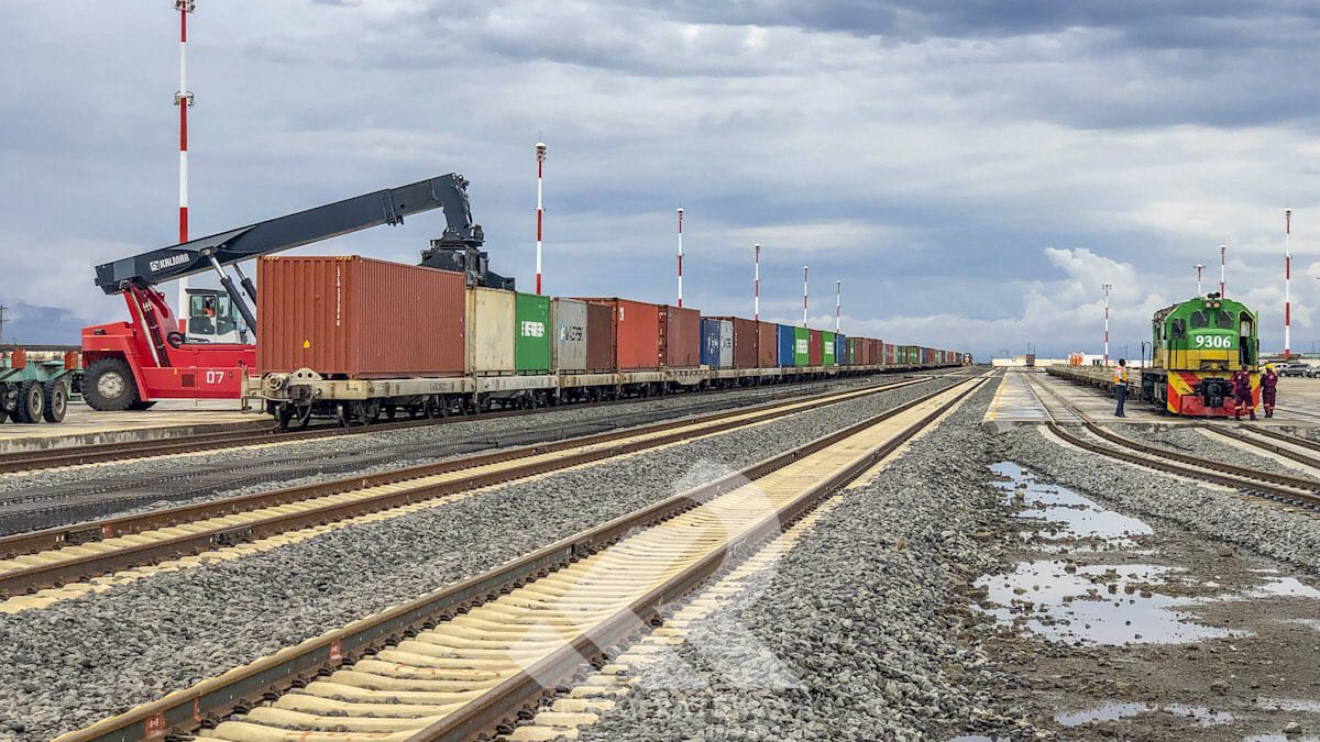

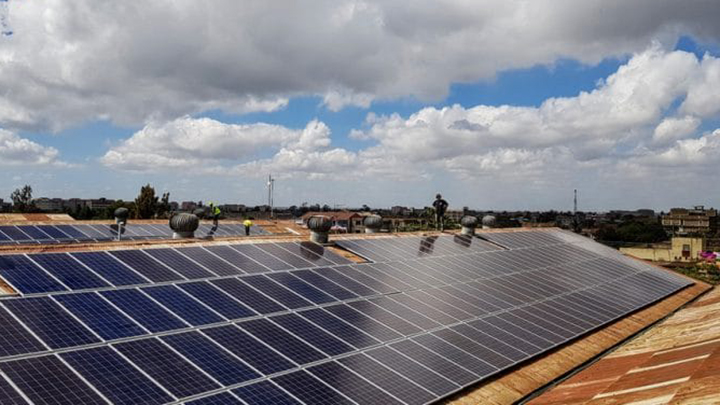
-1756319289.jpg)
